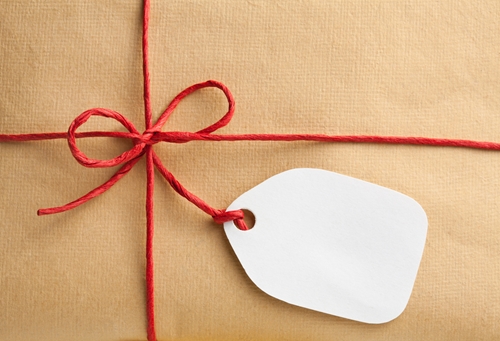Managers have to ensure their stores have the right amount of signage along with price tags on items to make certain that shoppers know the cost and location of products in the store. For a larger store, this is very important because customers won’t be able to navigate without a clear sense of direction. Even a boutique, however, can benefit from having signs that indicate where to find clothes in different colors or cuts. For example, someone selling both summer dresses and gowns intended for elegant parties should have some way of indicating where each of these are located. Having a good strategy for signage will help people find the items they want to buy, which will ensure through visual merchandising that the customer experience is good.
Using signs to ensure people know where products can be found
There are many different ways to indicate the locations of products in a large store. For example, a merchant can use sign holders, which can attach to a wall or a grid wall. There are also sign frames that can be attached to baskets. These conveniently explain that the item in the basket is being discounted or what the product is if it isn’t clear. For produce, it may help to have many different similar-looking products, such as different apple varieties, each contained in a separate basket. Owners would then write down the name of the apple on the sign attached to the appropriate container.
Providing tagging to let shoppers understand the price of an item
Several different kinds of price tags exist. Some can be tied to a product with string, or even stapled to the tag inside for clothes that would otherwise be damaged by the tag. Often for products that are irregularly shaped or come in large numbers, a pricing gun is most convenient. These can be programmed to print the same price multiple times, and then the gun sticks the price to each item. A clerk would receive a case of different canned goods, all of them the same price, and use the price gun to tag the top of each can.
An additional option to consider is the price card. This is an item that goes along with signage. The cards can be inserted in many of the same sign holders listed above, and used for much the same purpose – either to indicate a sale or demonstrate the ordinary value of an item. For sales, there are special cards where the manager would write down the price on the card itself. This may be best when there isn’t a price card that has the appropriate price pre-printed. However, whenever possible, the price cards with large lettering tend to look more professional than items which have simply had a price written down in marker.
Ultimately, the best solution for those seeking to enhance their store’s accessibility is to have as many signs as it would take to indicate where everything is located, along with the price of everything on display – not only on tags but on signs as well.



